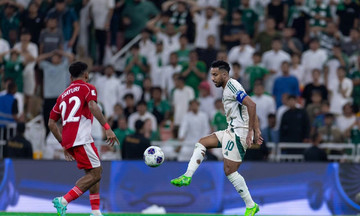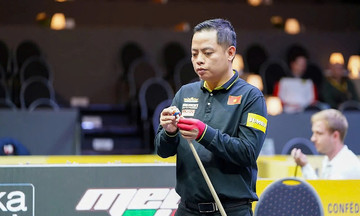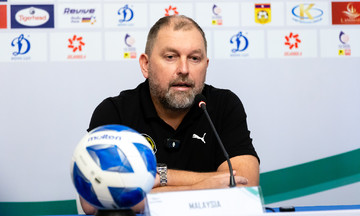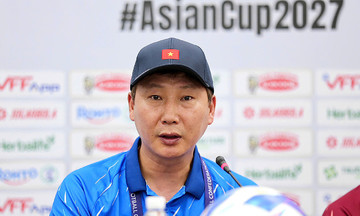In December 2010, Changzhou City, Jiangsu Province, China hosted a match between two billiards legends – Reyes from the Philippines and Chao Fong-pang (Zhao Feng Bang) of Taiwan. The match was played in the 10-ball pool format, with a target score of 60 points. Chao was a two-time world 9-ball pool champion, in 1993 and 2000. Reyes won the 9-ball championship in 1999 and the 8-ball championship in 2004.
In the 93rd rack, with the score at 55-37 in Reyes's favor, Chao executed a skillful safety shot, earning praise from the commentator. The Taiwanese player jumped the cue ball, positioning it in the center of the table and sending the 1 ball near the bottom left corner pocket. Reyes had no direct shot at the 1 ball, and a jump shot was also challenging due to obstructing balls. "It's going to be very difficult to run the table from this position," the commentator remarked.
After about 20 seconds of contemplation, Reyes positioned his cue stick, aiming directly at the 10-ball pocket (the side pocket), puzzling many spectators. Instead of sinking the cue ball, he struck the edge of the 10-ball pocket, causing the cue ball to rebound at a right angle, hugging the rail, and sinking the 1 ball to the applause of the Chinese audience. The then 56-year-old player showed little emotion, focusing on his next shot. The commentator exclaimed, "This shot is even better than Chao's safety."
In high-level matches, using the edge of a pocket to deflect the cue ball at a 90-degree angle was unprecedented until this match in Changzhou. Consequently, Reyes's shot garnered millions of views on YouTube.
Considered one of the greatest shots in billiards history, many players have since attempted to replicate it, though not under the pressure of a tournament like Reyes. These players often require multiple attempts to successfully recreate the shot made by the player nicknamed "The Magician".
For example, American player Sue Roar took 18 attempts to sink the 1 ball in a similar setup. Through this, she discovered the secret to Reyes's first-try success in a major tournament. "Reyes must have significantly offset the cue tip to the left of the cue ball to create substantial spin, allowing the cue ball to hug the rail even after bouncing slightly," she explained. "Of course, the shot also requires absolute precision."
Unlike the rails of the table, the edge of the 10-ball pocket offers only a small area for the cue ball to strike without falling into the pocket. The 10-ball pocket opening is approximately 11 to 12 cm wide, while the cue ball has a diameter of about 5 cm. The section of the 10-ball pocket edge that Reyes needed to hit was merely a few millimeters wide.
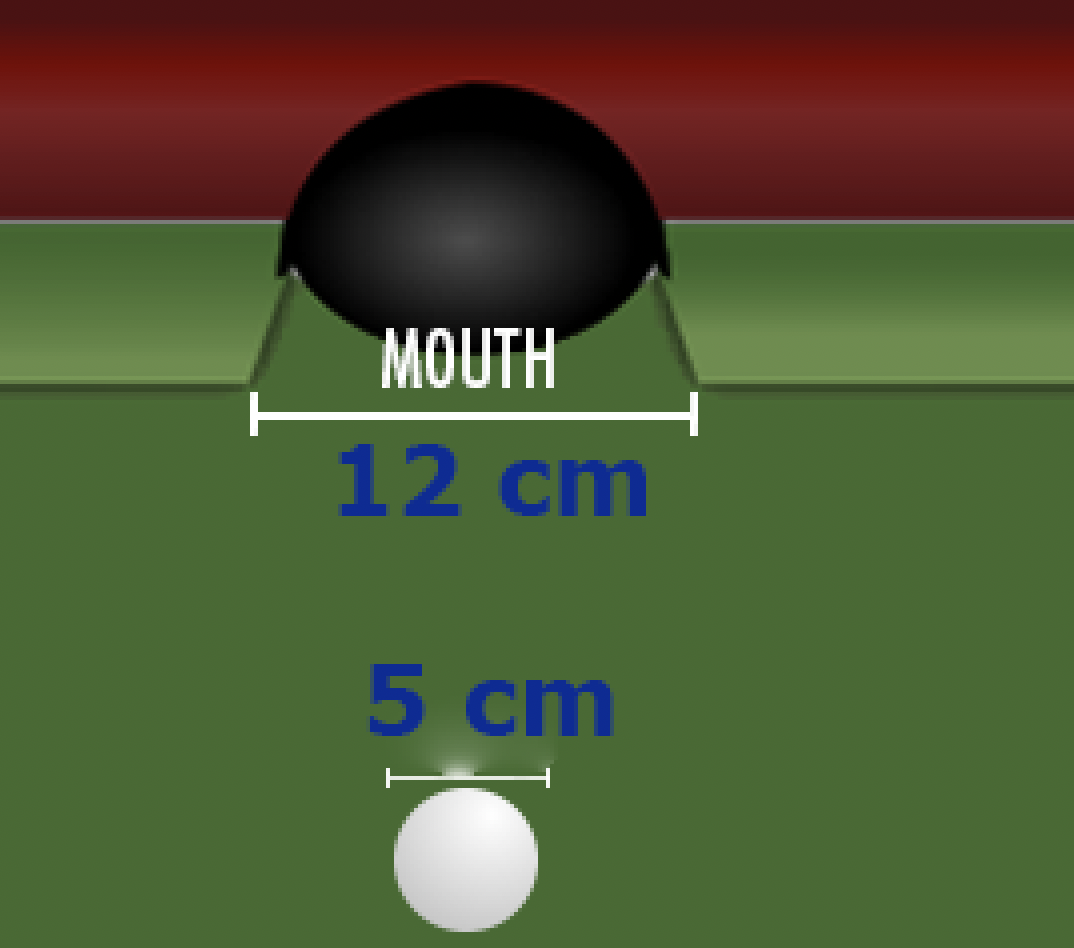 |
Typical dimensions of a cue ball and the 10-ball pocket. Image: Pooldawg |
Due to the cue ball's 90-degree trajectory after hitting the pocket edge, this shot is called the "L-shot." It is just one of Reyes's many remarkable plays in his nearly 50-year career. His ability to solve seemingly impossible table setups in unprecedented ways earned him the nickname "The Magician" and inspired countless billiards players.
Xuan Binh




